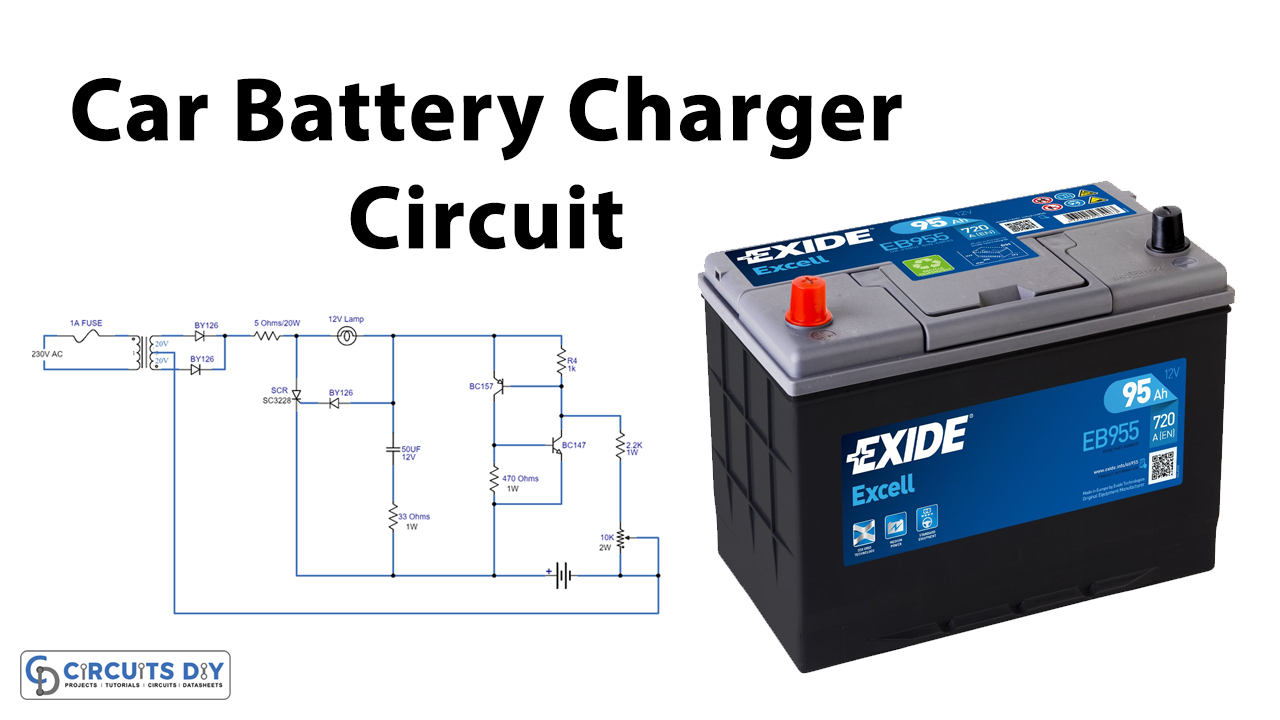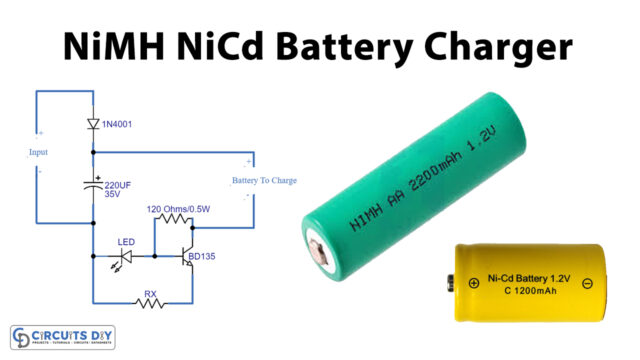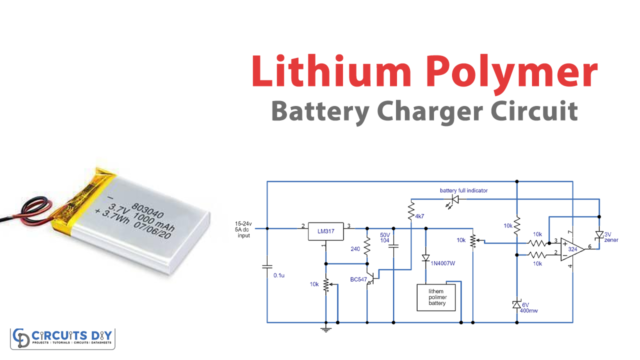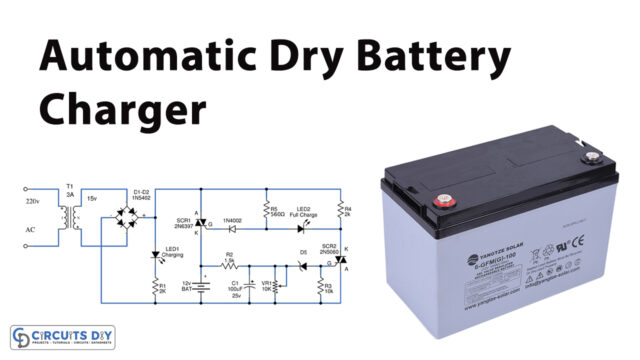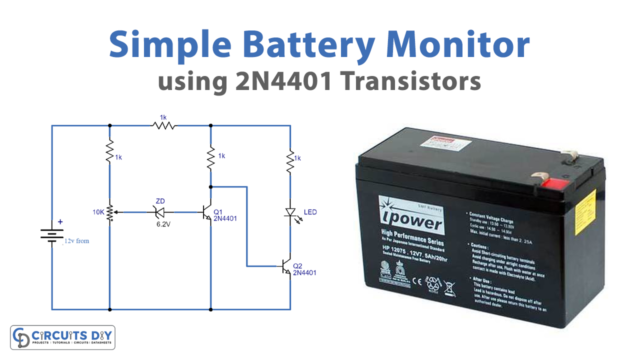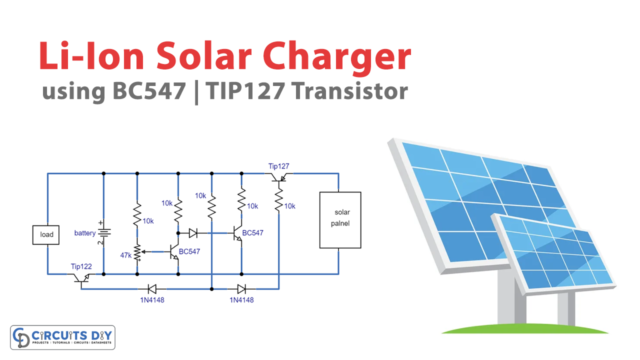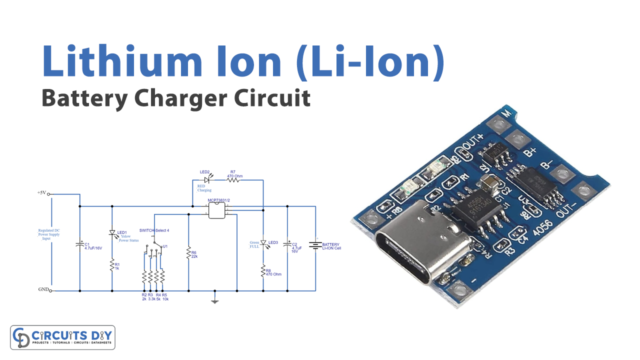This is the DIY tutorial on an automatic 12V battery charger for charging the batteries of motorcycles, rickshaws, and so on. This circuit has the most extreme 2amperes charging rate. The circuit will charge car batteries without expelling them from their unique mounting and no need for consistent consideration on the grounds that the circuit will automatically change from charging current to stream charge when the battery will turn out to be fully charged. The lamp will glow to give a sign of this condition.
Hardware Components
The following components are required to make a Car Battery Charger Circuit
| S.no | Components | Value | Qty |
|---|---|---|---|
| 1. | Transformer | 230V to 20V (step down) | 1 |
| 2. | Fuse | 1A | 1 |
| 3. | Diodes | BY126 | 3 |
| 4. | Diodes | SCR SC3228 | 1 |
| 5. | AC Lamp | 12V | 1 |
| 6. | Transistor | BC147, BC157 | 1 |
| 7. | AC Power Supply | 230V | 1 |
| 8. | Resistor | 33Ω, 470Ω, 2.2K | 1 |
| 9. | Capacitor | 50µF | 1 |
| 10. | Potentiometer | 10K 2W | 1 |
BC147 Pinout
BC157 Pinout
Car Battery Charger Circuit

Working Explanation
For making a Car battery charger you will need these components such as a transformer, fuse, transistors, diode, lamp, etc.
Before you put the battery on charge, you have to complete various actions:
- Utilize safe gloves and glasses.
- Investigate the battery to prevent it from mechanical harm, and liquid leakage.
- Unscrew the cover, to leave the produced hydrogen, to save the battery from boiling.
- Only distilled water is needed.
- Check the liquid level.
- Investigate the liquid.
- Try not to turn on the charger in the system until the wires are associated with the terminals.
- Charge the battery just in all-around ventilated zones, as dangerous substances are discharged during charging.
After you put the battery on charge, over the long run, the current will drop, and the voltage at the terminals will increase. At the point when the voltage arrives at 14.5V – charging ought to be halted by separating from the system. At the point when the voltage arrives at more than 14.5v, the battery will start to boil, and the plates will be discharged from the fluid.
Applications and Uses
The car battery charger circuit is acceptable to use as a vehicle battery charger and for charging the batteries of different cars and so forth.


